British Retake Great Lakes Region
On June 24, 1763, the schooner sent out by Major Henry Gladwyn to inform British authorities of the situation at Fort Detroit finally made it back with much needed provisions, men, and ammunition, greatly strengthening the garrison’s resolve. Four weeks later, a second relief force of twenty-two ships, commanded by Captain James Dalzell with 280 men from the 55th and 80th Regiments, arrived at Fort Detroit on July 29.
The reinforcements and cannons brought by Dalzell made Fort Detroit practically impregnable to Pontiac’s forces, but Dalzell wanted more. He felt a well-timed surprise attack on Pontiac’s village could end the war outright if the British could kill or capture the Ottawa chief. Despite his opposition to the plan, Major Gladwyn finally relented and allowed Dalzell to make the attempt. French-Canadians friendly to the Ottawas got wind of the plan and forewarned Pontiac, the result of which was a costly defeat at the Battle of Bloody Run on July 31, and the death of the gallant Captain Dalzell.
Even with this loss, Fort Detroit was still too strong for Pontiac’s warriors to take by storm. But Pontiac refused to accept this reality, waiting and hoping for the French army to return and aid his efforts. Finally, in late October, recognizing no assistance was coming from King Louis, his French Father, Pontiac and his followers repaired to their winter grounds to await the spring and plan next year’s assault.
Although Detroit was relatively safe and secure for now, that could not be said for the rest of western British America. By late summer 1763, word of the extent of Pontiac’s Rebellion had reached England and the King’s ministers and the Board of Trade were not happy, especially with General Jeffery Amherst, the Commander-in-Chief of North America. Amherst was a very competent soldier and had performed admirably in the French and Indian War, but he failed to foresee Pontiac’s uprising.
The Board of Trade recalled Amherst in August 1763, but not before he organized a plan to forcefully take back the Great Lakes. His replacement, General Thomas Gage, built on these designs and hoped to launch two punitive expeditions in the summer of 1764 with contingents of militiamen largely from New York, New Jersey, and Pennsylvania, one led by Colonel John Bradstreet and the other by Colonel Henry Bouquet. It was Gage’s strong desire to punish the Indians for the horrific atrocities they committed in 1763.
However, Sir William Johnson, the Superintendent of Indian Affairs, reminded the Board of Trade and General Gage of the exorbitant cost in men and materials it would take to forcefully subdue the entire region. Given the Exchequer was still terribly low of funds due to the recently concluded French and Indian War, the Board of Trade and General Gage gave permission to Sir William to first try and buy the peace with presents, as galling as that was to British Americans.
“William Johnson.” New York Public Library.
In July and August 1764, Indians from across the region assembled at Fort Niagara, the great bastion that guarded access to the interior of the continent. There, they listened to Sir William who encouraged the tribes to make peace with the British before the British destroyed their homeland.
Not surprisingly, the natives proved to be a very receptive audience for Johnson. The previous winter had been particularly difficult on the Indians who, for the first time in years, had not had the benefit of European goods and supplies to ease the burdens of their existence.
They were also regretting the devastations they committed the previous summer now that a formidable army was on its way to exact retribution. Many of last year’s proud warriors were suddenly very contrite for their past errors and blamed their actions on that “devil” Pontiac who had led them astray.
Over the course of several weeks, Johnson negotiated peace treaties with numerous tribes at Fort Niagara and generously issued gifts to many Indians who had murdered and plundered in 1763. But the most implacable warriors, especially the Delaware and Shawnee, scorned Johnson’s offers. Consequently, the two punitive expeditions proceeded with strict instructions from General Gage to ignore any peace overtures and destroy all villages they encountered as Gage knew promises of good behavior from the Indians would only last until the troops were out of sight.
Despite Gage’s instructions, Bradstreet, who was worried his contingent was undermanned for the mission it was assigned, ignored these orders. Instead, Bradstreet, as he proceeded towards Fort Detroit, made peace with any and all tribes he encountered, including the Delaware and Shawnee. As Gage predicted, while some of their chiefs were professing loyalty to the British, others had their warriors on bloody raids in Pennsylvania and Virginia.
In any event, on August 26, 1764, Bradstreet and his flotilla hove into sight of the ramparts of Fort Detroit, and the trial finally was over for Major Gladwyn and his hardy band. For fifteen long months, they had held on at the far edge of the British Empire, enduring the longest Indian led siege of a British/American force ever in North America.
Next week, we will discuss the conclusion of Pontiac’s Rebellion. Until next time, may your motto be “Ducit Amor Patriae,” love of country leads me.


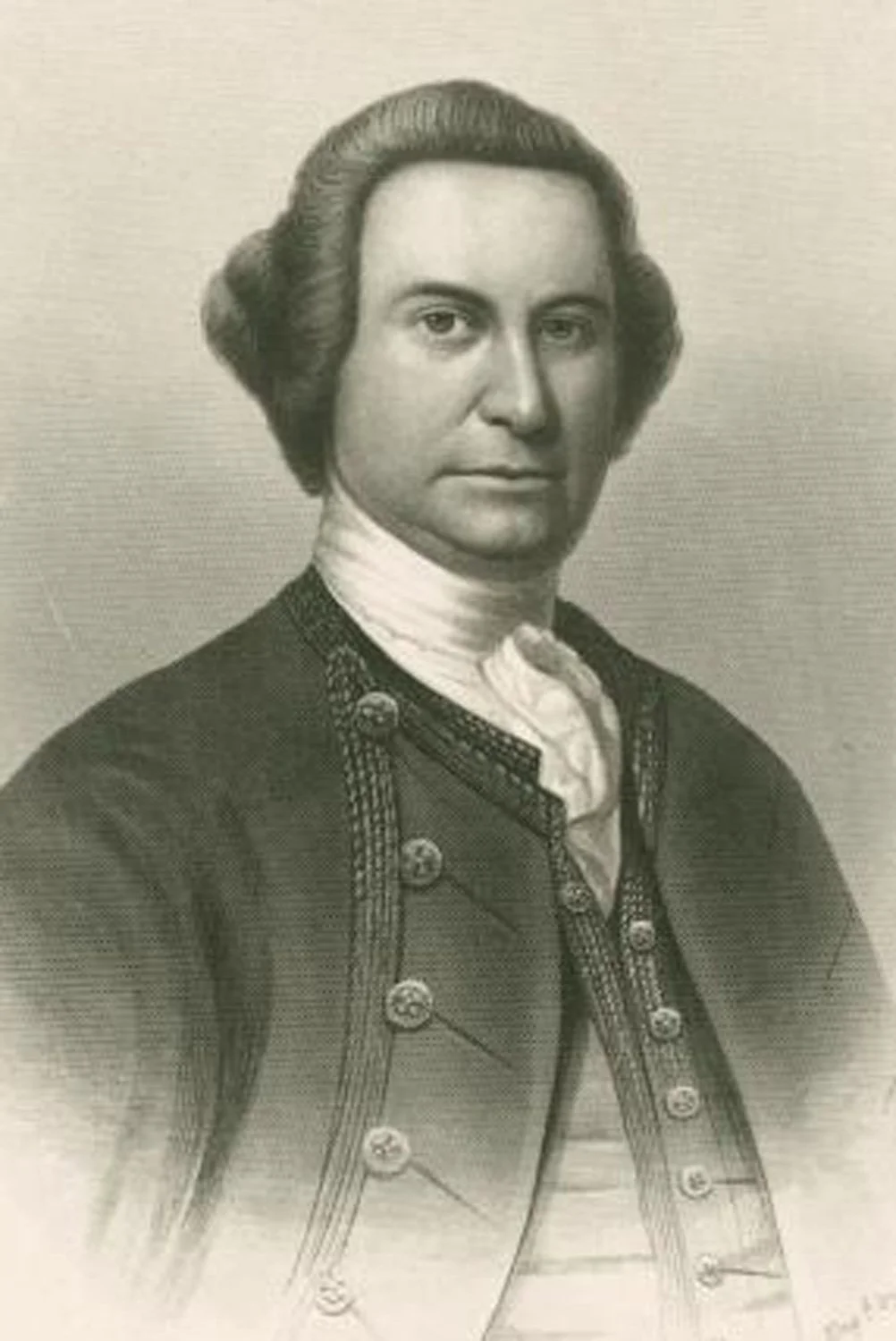
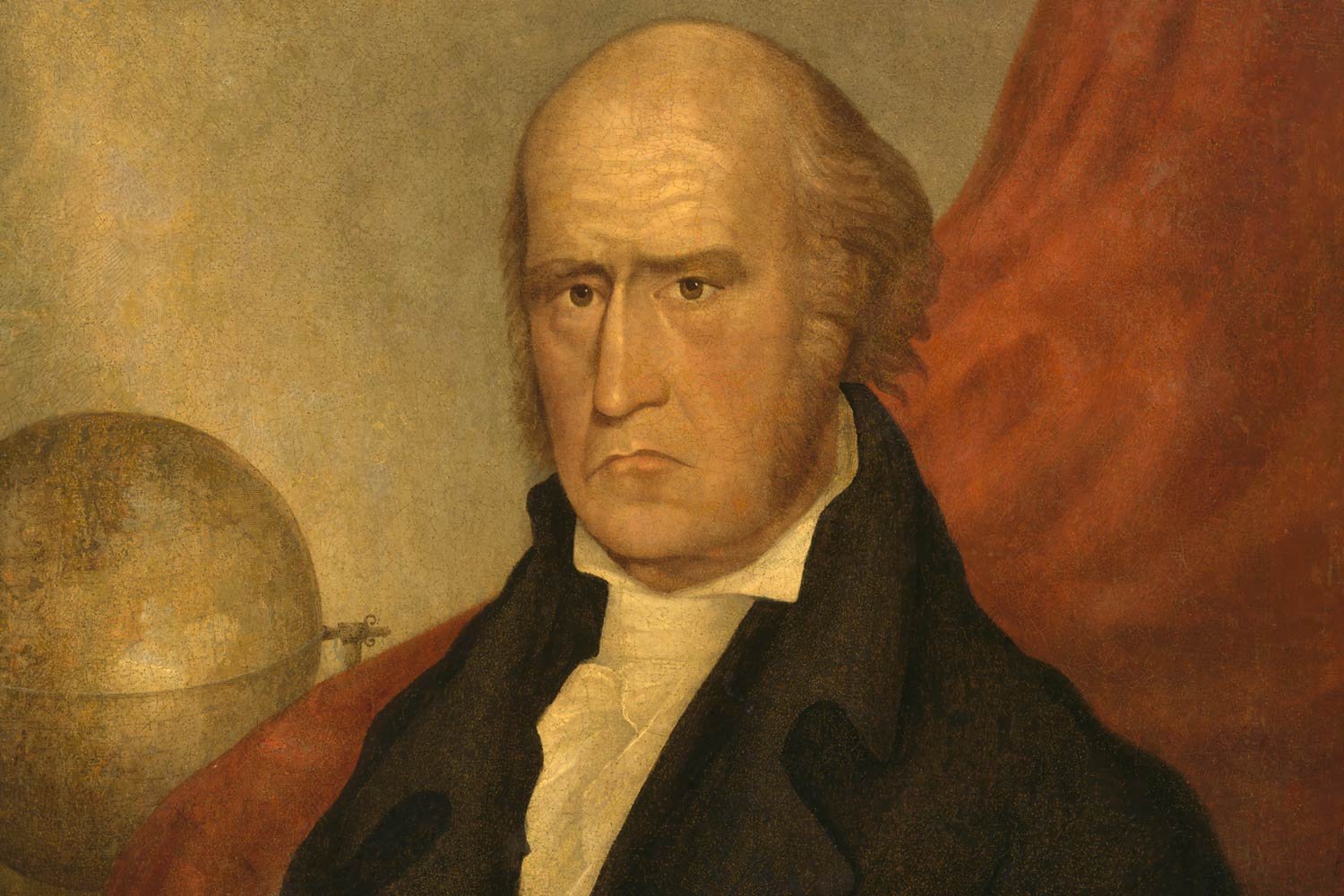
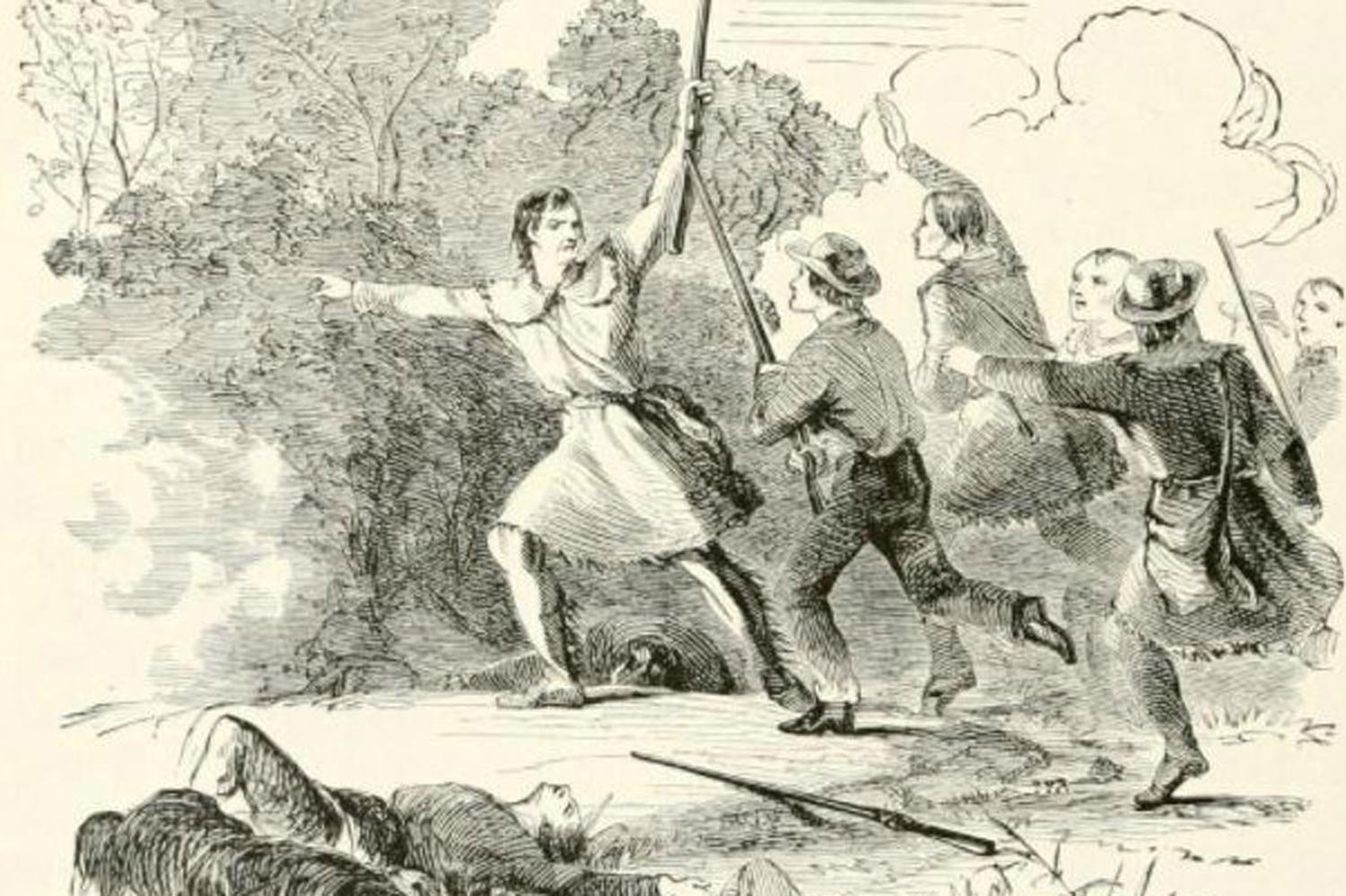

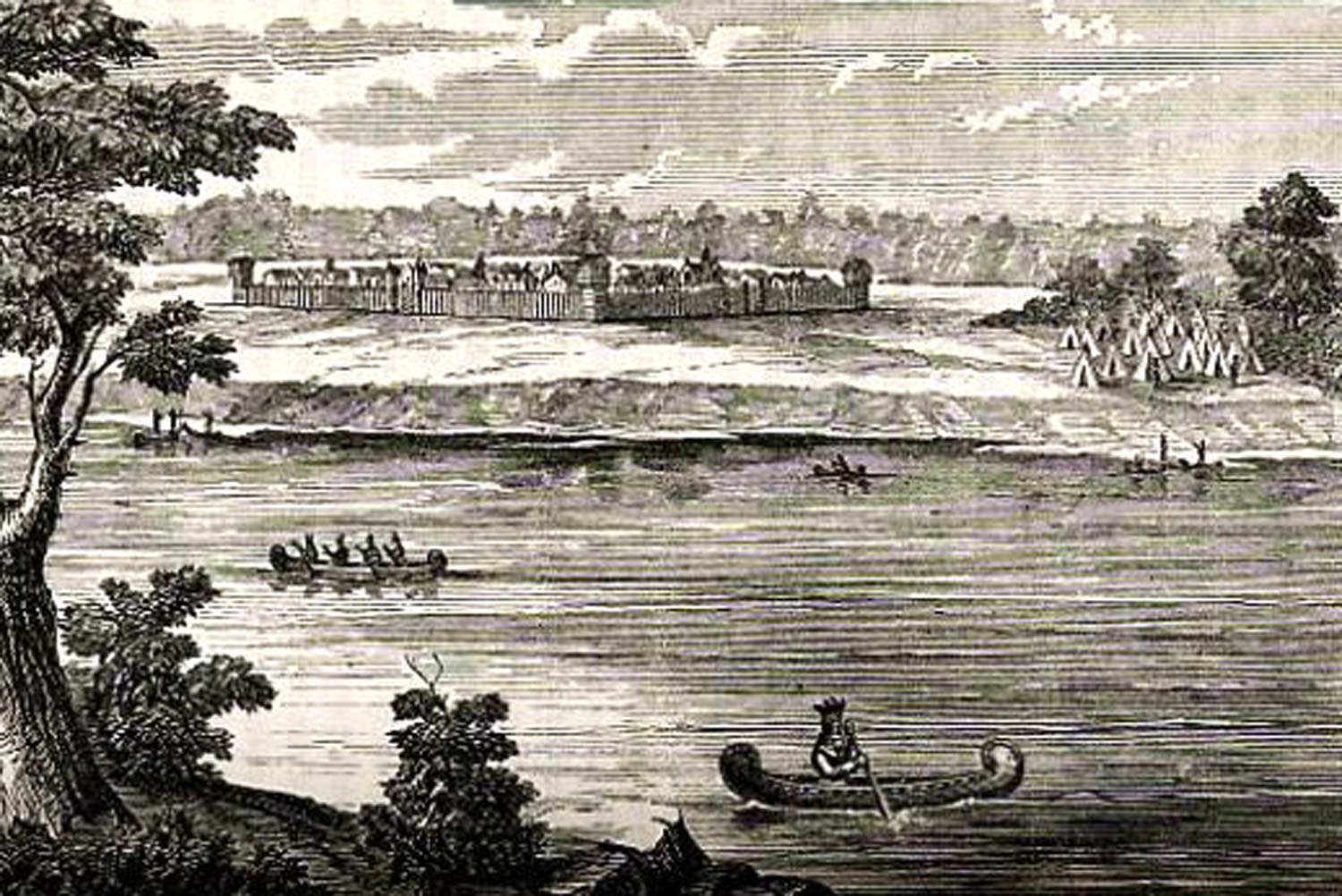
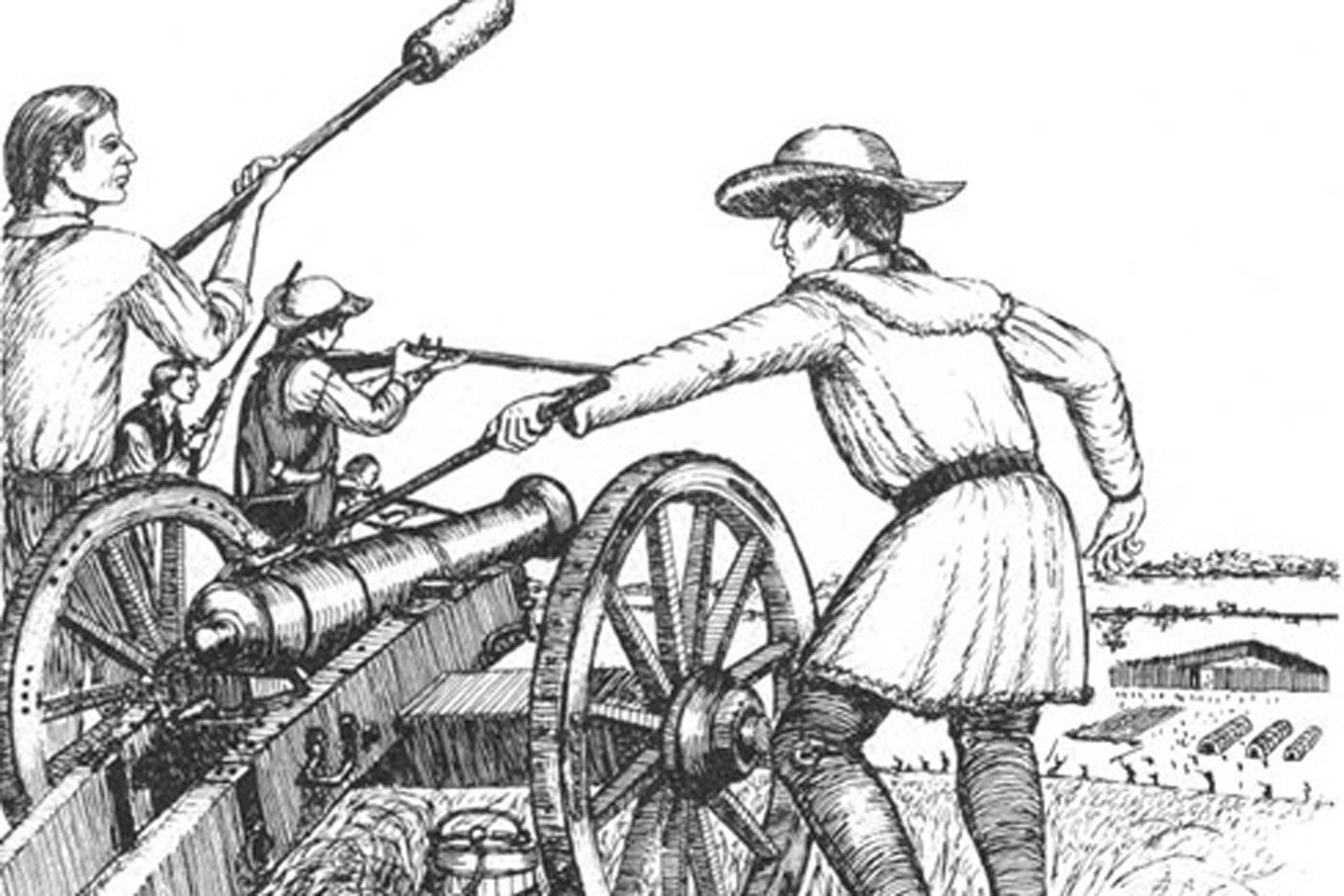

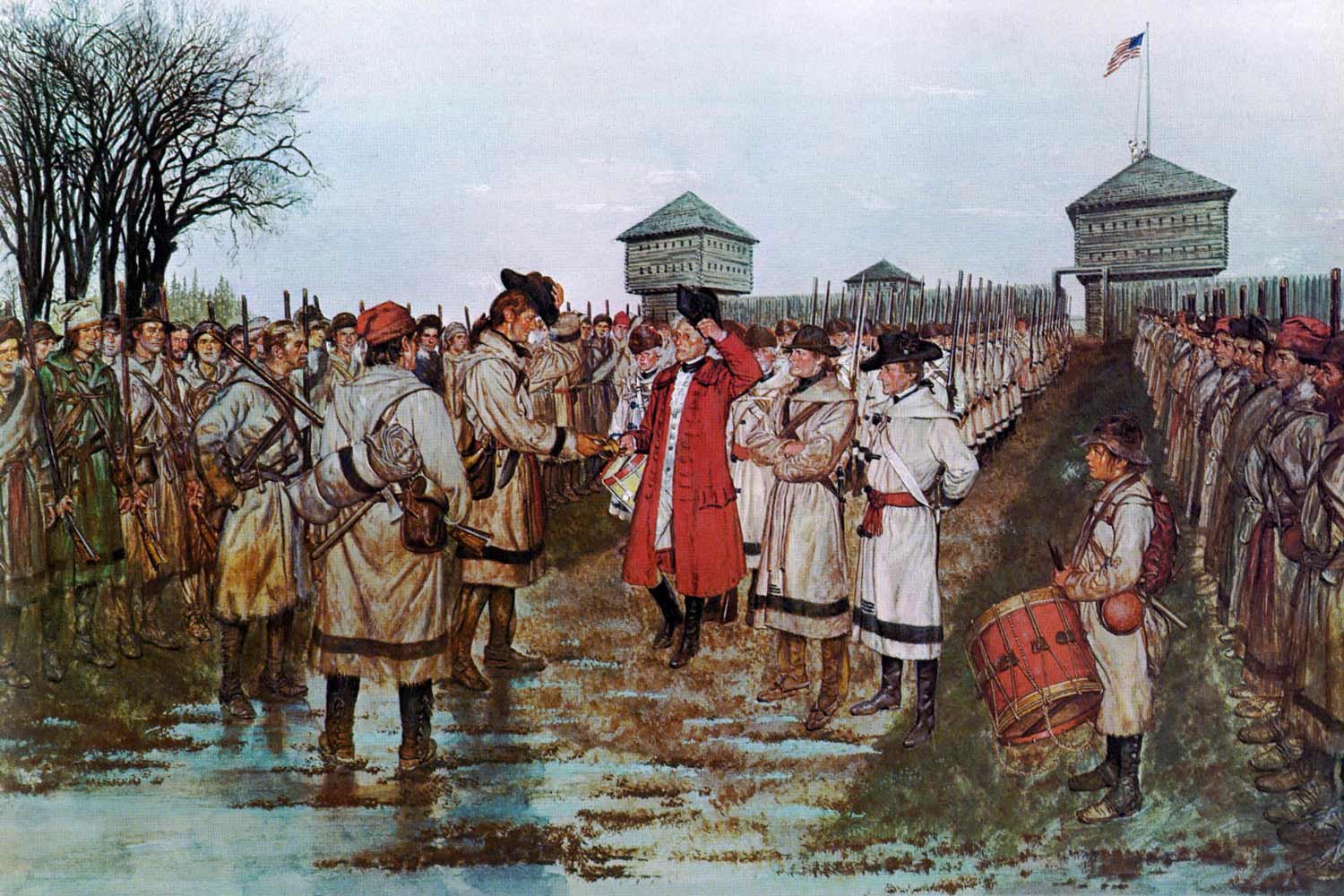
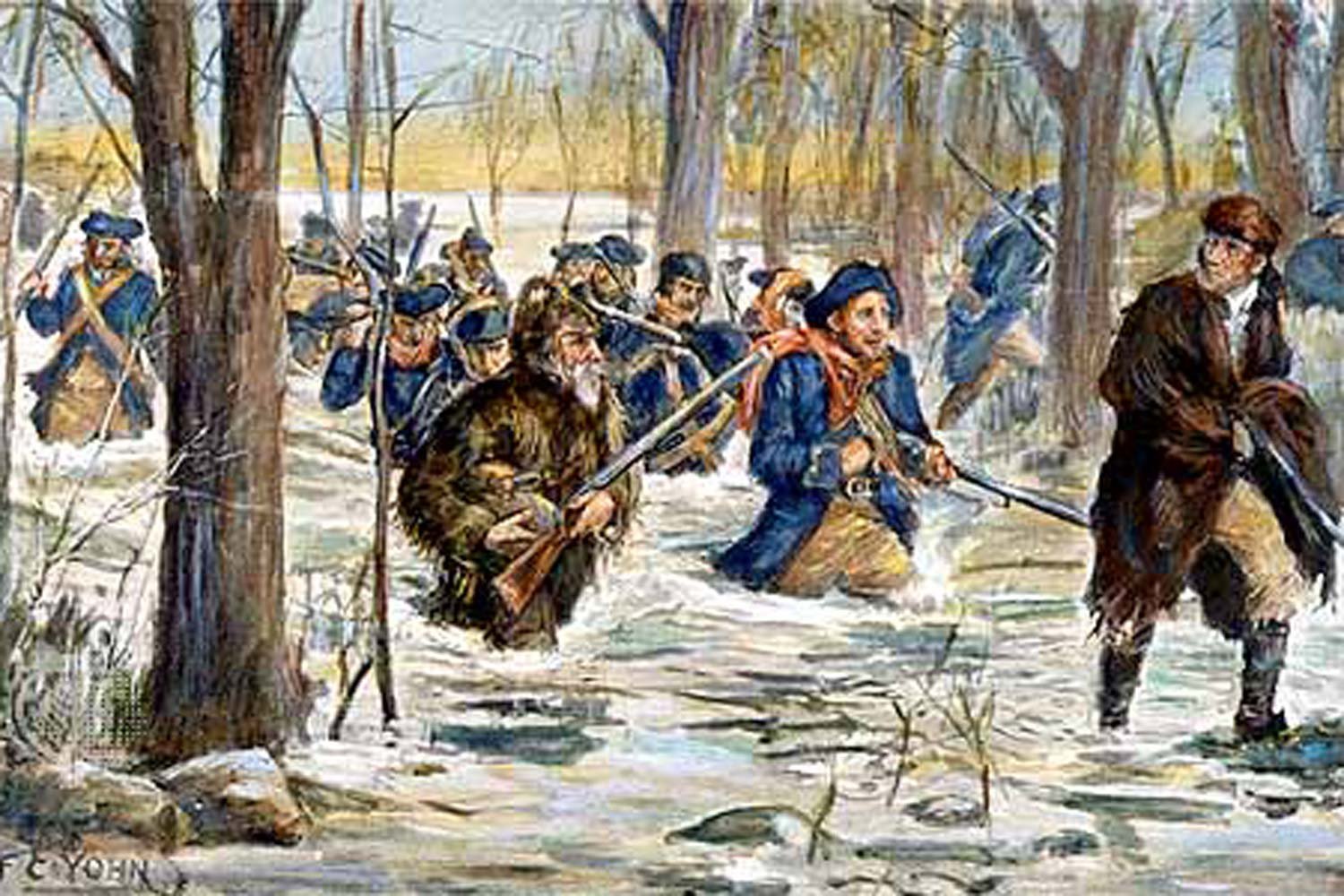

The United States’s only formally declared European ally in the American Revolution was France, but it also had an undeclared friend in Spain. While France is the country most Americans associate with American independence, Spain played a significant role as well, arguably even more critical than France.